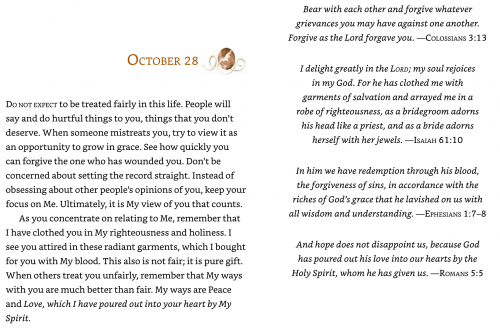Thomas Keating: The Secret
Embrace
Part Two
An
Interspiritual Guide
Wednesday, October 28, 2020
Our true nature is stillness,
The Source from which we come.
. . . .
The deep listening of pure
contemplation
Is the path to stillness.
All words disappear into It,
And all creation awakens to the
delight of
Just Being.
—Thomas Keating, “Stillness”
From Richard: In the title of my book Dancing Standing Still, I was trying to capture the harmonious balance between action and contemplation. If we try to move without being attuned to the music of God and our True Self, what we do will not be beautiful, helpful, or possibly even worth doing. And, of course, we cannot follow the “tune” of either of those sources without aligning ourselves with them through committed practice. Cynthia Bourgeault interprets this poem by Thomas Keating in that light, though she says it much more eloquently than I.
This poem seems to meet people wherever they are, from beginning meditators to folks who’ve been on the path for decades. Thomas returns once again to his earlier assertion that silence is not simply an absence. On the contrary, it is personal, intimate, filled with aliveness and subtle relationality. Most of us, I imagine, still use the words “silence” and “stillness” pretty much interchangeably, both designating an absence of external noise and a state of inner emptiness. For Thomas, the two are subtly different from one another—and distinctly different from our usual perception of emptiness.
For Thomas, stillness is not even remotely a void. We tend to think of it as motionlessness, but in a quantum universe whose nature is to be in constant motion it really comes closer to dynamic equilibrium. It is T. S. Eliot’s “still point in a turning world,” [1] the Sufi dervish’s fierce inner repose as the outer world goes flying by, the Buddhist’s “effortless action.” It does not imply lack of motion, but the harmonious balance of opposites. You are neither imposing nor resisting, but simply present, flowing in oneness with whatever is. You are the dancer at one with the dance. You are still.
We have been trained to think that the purpose of stillness is to lead us to “pure contemplation,” long regarded in mystical theology as a highly exalted state. But here Thomas turns the table on traditional theology; in a dynamically interactive universe the purpose of contemplation is to lead us beyond all stages, states, and roadmaps—beyond empty silence and stillness—into that great, flowing oneness which is our own true nature and the true nature of all that is.
Thomas himself specifically comments on this point:
The contemplative state is established when contemplative prayer moves from being an experience or series of experiences to an abiding state of consciousness. The contemplative state enables one to rest and act at the same time because one is rooted in the source of both rest and action. [2]
Flowing oneness again. Flowing out from the Sacred Embrace, “The Source from which we come.”
